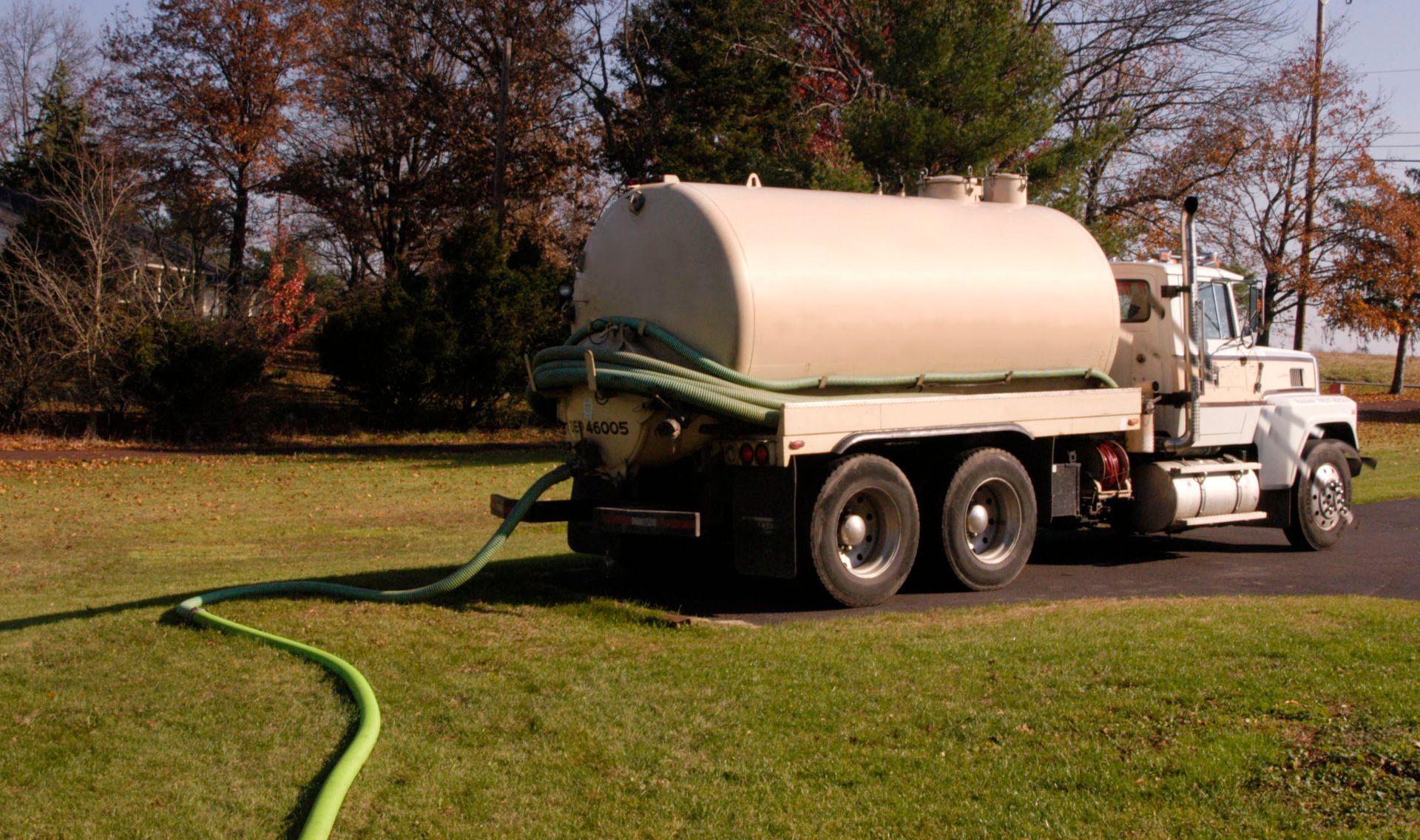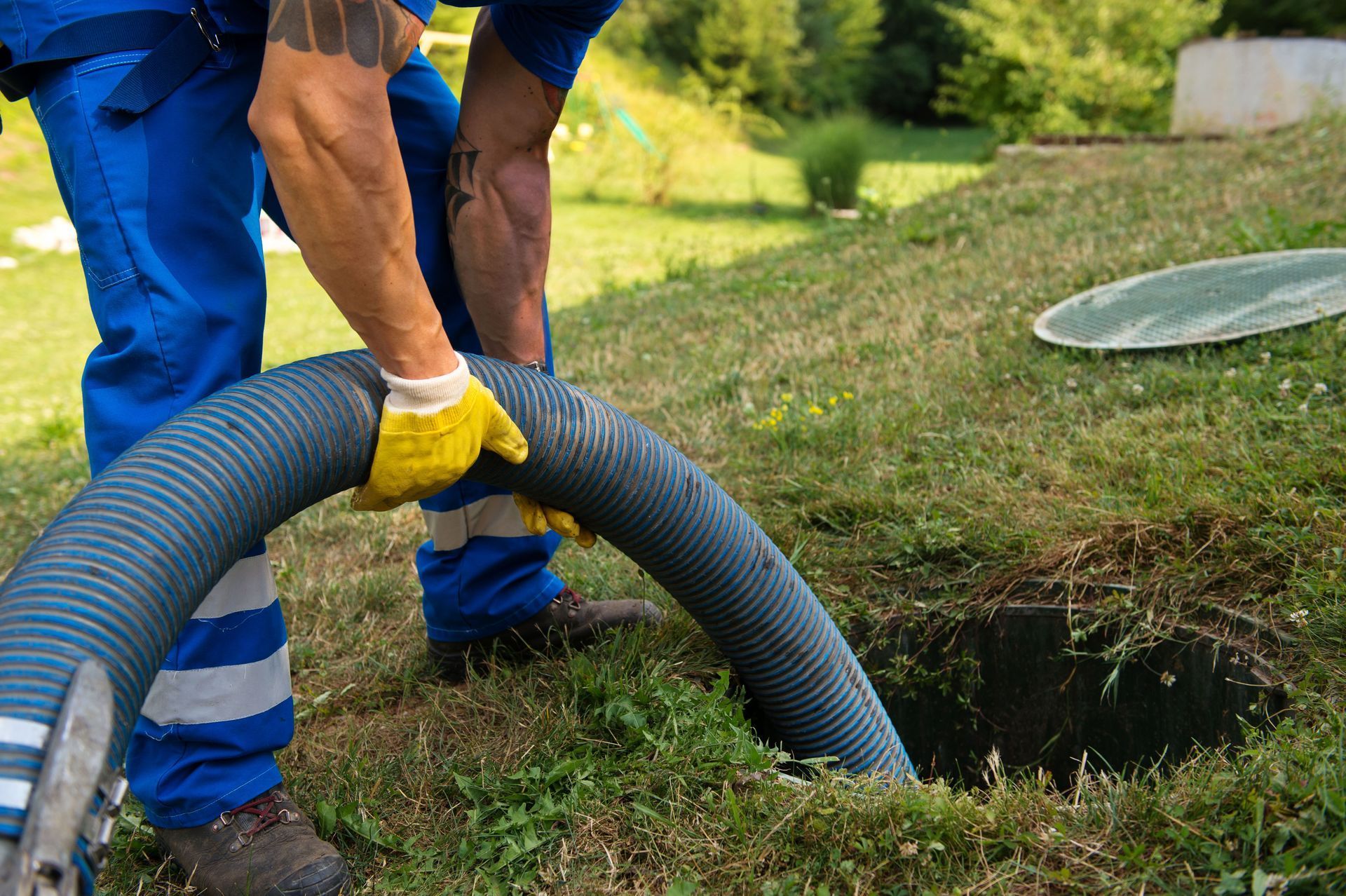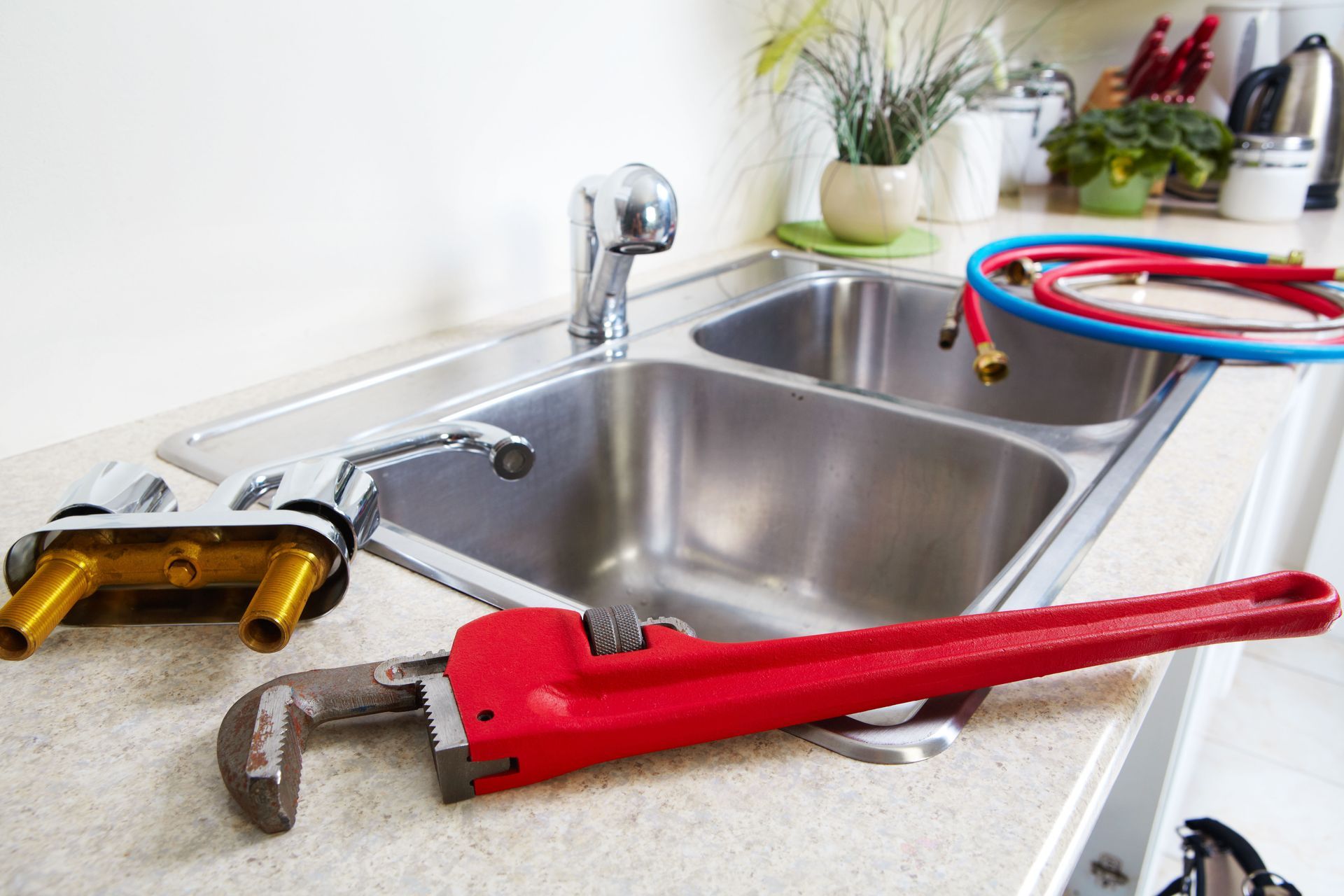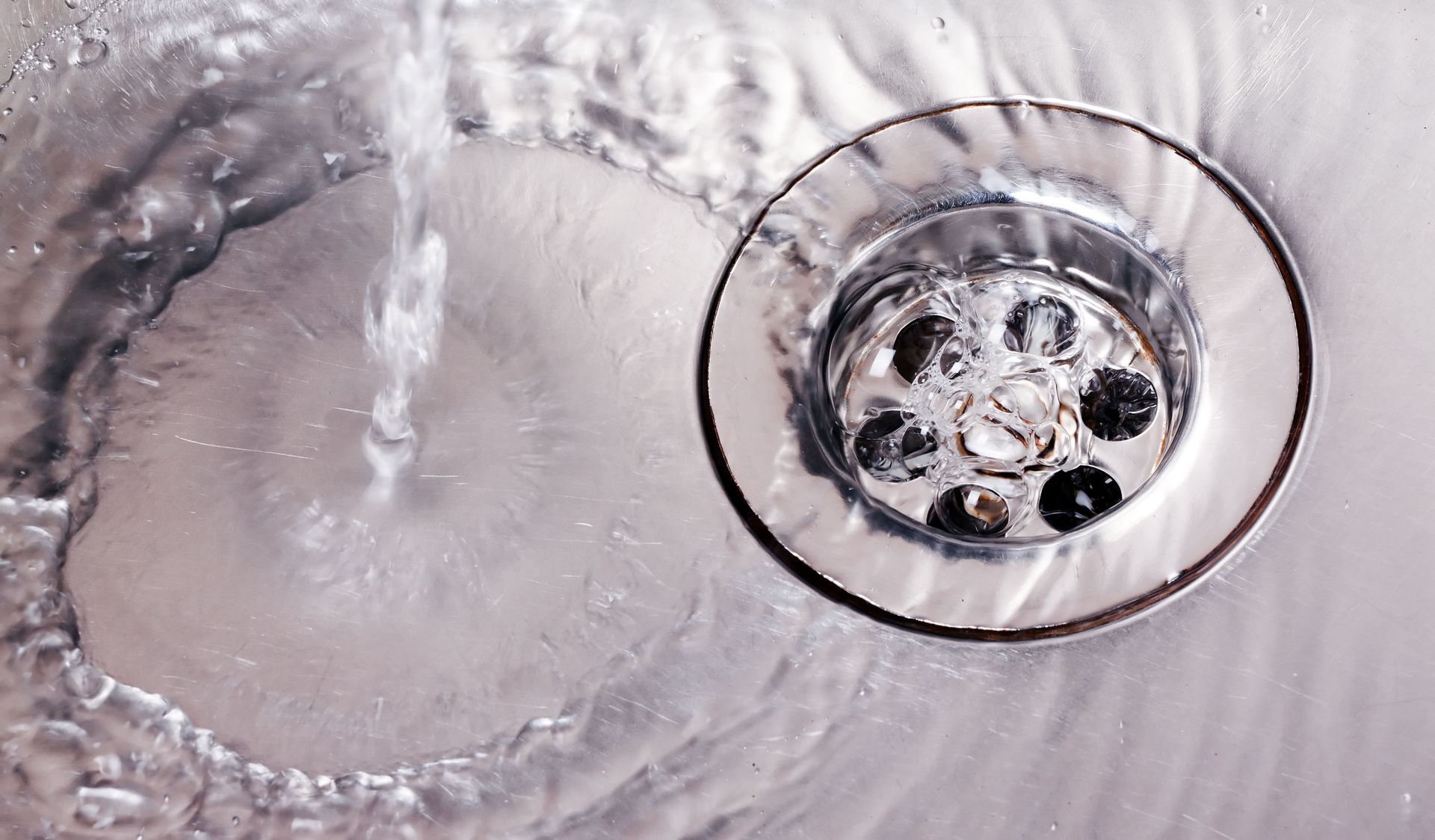5 Things to Know About Grease Traps
Grease traps are essential for so many restaurants, but you might not know much about them. Here are a few surprising things to know about grease traps to help you learn a little more.
1. The Types of Grease Traps
There are actually two different types of
grease traps you have, both of which need to be cleaned regularly. There's one grease trap located near the sink or dishwasher in your kitchen and a larger trap that's located underground near your building. You should know where both of these traps are.
2. When to Clean Your Grease Trap
Cleaning your grease trap is the most important thing to understand when it comes to maintenance. According to the Certified Commercial Property Inspectors Association, grease traps should be cleaned when 25% of the volume is occupied by grease and 75% by water. In general, traps need to be cleaned every one to three months.
3. The Consequences of Dirty Grease Traps
Dirty grease traps aren't just a problem because they smell bad, they can also release fats, oils, and greases into the local water. If you don't clean your grease trap when it starts to build up, the runoff from your grease trap can have a serious effect on the local water system.
4. How Grease Traps Are Cleaned
When you have your grease trap cleaned, a professional will use a pump to remove the grease and oil from your trap. Next, they'll scrape the sides of the trap to remove any built-up gunk. Your technician will also look at the fill level of your grease trap to determine if it needs to be cleaned more frequently.
5. Who Needs Grease Traps
You might think grease traps are just for restaurants, but they're used by other businesses as well. If you have a kitchen that produces a lot of grease, you should have a grease trap installed so you have an easy way to dispose of grease. Grease buildup can be dangerous if not handled properly.
Running a business is a lot of work, especially when you have to deal with grease traps and all the things that come with operating a busy kitchen. If you have grease traps that need to be cleaned and maintained, call Helgerson's Environmental to schedule a cleaning today. We'd be happy to help!





Share On: